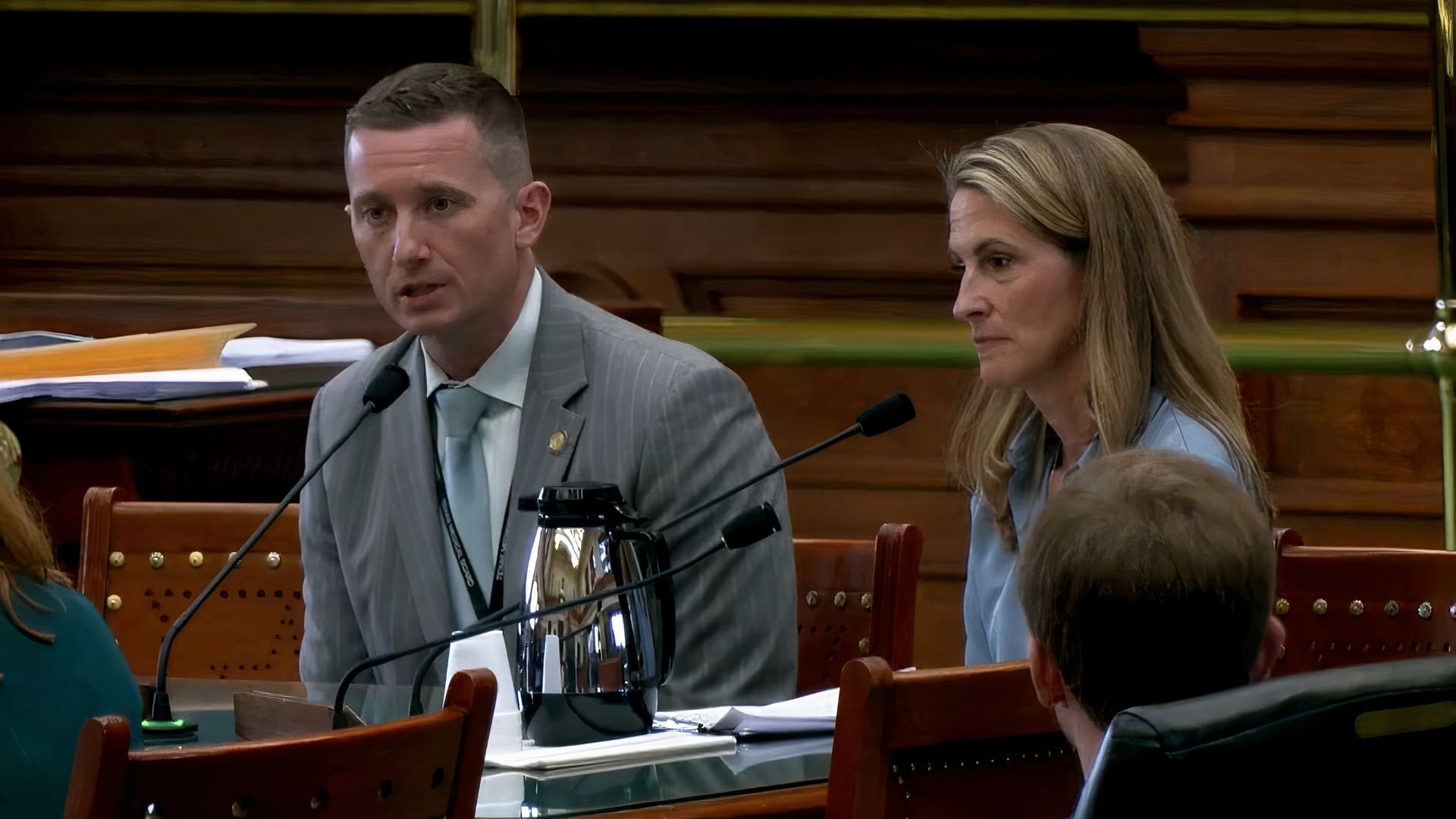At last week’s meeting of the Dallas County Commissioners Court, the city’s director of Health and Human Services struggled to answer questions regarding his data on the Chinese coronavirus. It was revealed that Dallas County isn’t tracking the number of recoveries from the virus, the data has “assumptions and … a lot of unknowns,” and the incubation period for the infected is only four days—not two weeks, as the Centers for Disease Control and Prevention previously reported.
Last Friday, the Dallas County Commissioner’s Court voted 4-1 to extend its disaster declaration to May 20, which District 2 Commissioner J.J. Koch—who voted for the extension—said granted County Judge Clay Jenkins the authority to extend Dallas’ current shelter-in-place order. “Truthfully, though, if the judge does what he wants … we gave him power. That’s what that order does,” Koch said in a Facebook video after the vote. Koch previously claimed he voted with the majority so he could later amend the order, stating that he could not do so if he voted against it.
When it was pointed out that District 3 Commissioner John Wiley Price puts items on the agenda even when he loses a vote, Koch agreed there is a pathway to amend the agenda that way. “If something totally fails, you can bring it back up slightly repackaged as new,” Koch said.
Price was the only vote against the shelter-in-place extension. “So, we’re just going to kill off an entire community in the next 60 days … as you’re telling us [to] pick our poison. We’re just going to go with COVID-19 and die, or we just economically die.” A recent report showed Texas unemployment claims skyrocketed over 2,000 percent year over year at the end of March.
After a grassroots outburst following the vote, Jenkins backed down and extended the shelter-in-place order to April 30, rather than May 20.
On April 7, Koch successfully passed an amendment requiring a majority vote of the commissioners before Jenkins can extend the shelter-in-place order beyond April 30.
At every commissioners court meeting on the coronavirus, the commissioners and Jenkins have had county health officials present data supporting the shelter-in-place policy.
At the April 3 commissioners’ meeting, Dallas County’s director of Health and Human Services—Dr. Philip Huang—was beset by questions from commissioners on the latest coronavirus data he presented.
District 1 Commissioner Theresa Daniels asked Huang for the recovery rate of those who contract the virus. Huang replied that they “don’t have exact numbers on that.”
“We’re not going back and contacting everyone to see if they have recovered. But … if we know they have passed away, then the other ones probably have recovered.”
“[Knowing the recovery rate] would be imperative to know what is happening in terms of death rate because I have not heard that information coming forward,” Price interjected. He then proceeded to ask Huang about how long a person can be infected with the virus. A back-and-forth ensued, with Price repeating the question and Huang not providing an answer.
“Let me try this one more time: the time period in which individuals are infected equal what? What is that average? Days? Minutes? Hours?” Price asked in exasperation.
With some guidance from Jenkins, Huang finally responded. “So, four days,” Huang answered. “It has an incubation period of four days.”
This stands in stark contrast with original reports of 14 days from the Center for Disease Control. Huang claimed the four-day incubation period was now only possible because of the shelter-in-place order.
Furthermore, he revealed the model he presented to Dallas County, on which they are now basing their decisions, is not completely accurate.
“These are not exact models,” Huang added, saying the model he presented is the same one used by Medical City Dallas Hospital. Previously, Dallas County had based its original shelter-in-place decisions on flawed data—data that was later drastically revised by the model’s father.
“This is one certainly very reasonable model that’s consistent with the other data that I presented last commissioners court meeting also,” Huang said about the new model he presented Friday.
District 4 Commissioner Dr. Elba Garcia asked if 500 hospital beds would be needed by the end of May.
“Correct,” Huang replied. “That is the assumption in this model.”
Recently, Texas Scorecard reported on a significant decline in emergency room visits and patient volume at medical facilities in Texas and other states. “We are at record low numbers because people are afraid they will get COVID-19,” said Dr. Robert Phelan, an Emergency Room physician and owner of three facilities in Dallas.
Data shared by Dallas Mayor Eric Johnson showed that of the only 1,150 confirmed conornavirus cases in Dallas County, 500 have been hospitalized. More than 2,100 patients with the flu have been hospitalized over the same four week time period.
Dallas County models assumed that out of the 650,000 who it claims will contract the virus, 62 percent will require a ventilator. Sources revealed to Texas Scorecard last Friday there are 13 coronavirus patients on ventilators at Parkland Hospital, and most of the patients who died had an underlying condition. Inquiries made to Parkland Hospital were forwarded to the Dallas County Department of Health and Human Services.
No response was received by the DCDHHS before publication.
Last week, The Daily Wire reported that Dr. Anthony Fauci, director of the National Institute of Allergy and Infectious Diseases, stated: “I’ve looked at all the models. I’ve spent a lot of time on the models. They don’t tell you anything. You can’t really rely upon models.”
The model relied upon by the White House–University of Washington’s Institute for Health Metrics and Evaluation–recently revised their nationwide numbers downward, along with those for Texas. As reported by The Texan, the model recently predicted that 17,221 of Texas’ nearly 30,000 hospital beds would be needed to respond to the virus. Now that number has been ratcheted down to only 3,444.
Price also asked what the plan was regarding Dallas’ number of coronavirus cases. “We have the highest rate [in Texas]. How do you offset that?”
“We’ll continue to have that discussion with you,” Jenkins replied.
This article has been updated since publication.





